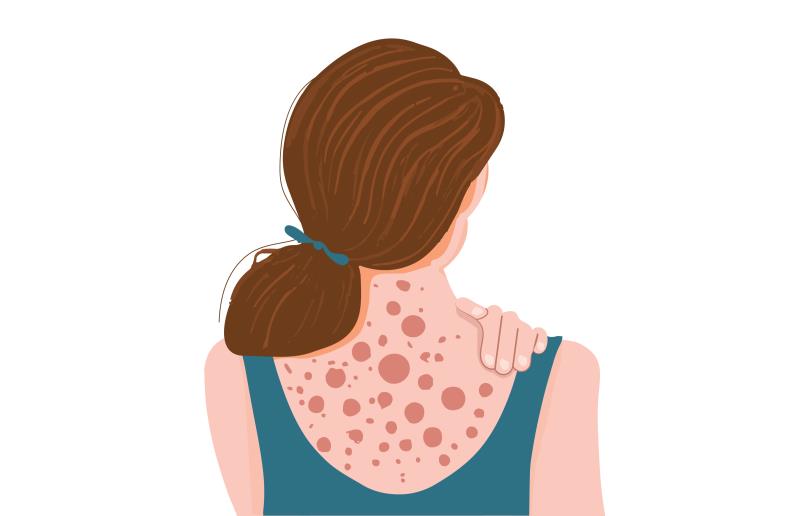Pooled data support ruxolitinib cream for treating prurigo nodularis





Twice-daily application of ruxolitinib cream led to early and sustained improvement in the signs and symptoms of prurigo nodularis in adults, according to the pooled phase III TRuE-PN1 and TRuE-PN2 studies presented at EADV 2025.
“Improvements in itch and clinical signs were evident as early as week 2 and were maintained through week 24 (including 12 weeks of as-needed use) [with ruxolitinib cream],” said lead author Professor Sonja Ständer from Münster University Hospital, Germany.
The pooled analysis included 394 patients (median age 62 years, 59.6 percent female) with prurigo nodularis who had a baseline IGA-CPG-S* score of ≥2 and WI-NRS** score of ≥7. Participants were randomized in a 1:1 ratio to receive either ruxolitinib cream 1.5% or a vehicle cream (n=197 in each group), applied twice daily for 12 weeks (double-blind, vehicle-controlled [DBVC] period), followed by up to 52 weeks of as-needed treatment (open-label extension [OLE] period).
During the OLE period, patients who initially received ruxolitinib continued with the same treatment, while those who used vehicle cream were switched to ruxolitinib cream 1.5% for a 40-week as-needed treatment.
12-week DBVC period
As early as the first week after starting treatment, significantly more patients receiving ruxolitinib experienced a ≥4-point improvement in WI-NRS (WI-NRS4) compared with those using vehicle cream (18.7 percent vs 6.8 percent; p<0.001). This benefit persisted through week 12, with 42.3 percent of ruxolitinib users achieving WI-NRS4 compared with 28.1 percent of vehicle cream users (p<0.001). [EADV 2025, abstract D1T01.2A]
In addition, a significantly greater proportion of ruxolitinib-treated patients achieved a ≥2-point improvement in IGA-CPG-S from baseline to week 12 than those treated with vehicle (19.8 percent vs 7.1 percent; p<0.001).
The overall treatment success (TS) rate, defined as achievement of WI-NRS4 and IGA-CPG-S-TS, was significantly higher in the ruxolitinib group compared with the vehicle group (12.2 percent vs 4.6 percent; p<0.01).
24-week OLE period
At week 24, patients initially treated with ruxolitinib and those who transitioned from vehicle to ruxolitinib (vehicle-to-ruxolitinib group) at week 12 showed similar rates achieving WI-NRS4 (63.6 percent vs 62.8 percent) and IGA-CPG-S 0/1 (32.9 percent vs 25.3 percent), as well as comparable overall TS (21 percent vs 19.6 percent).
In addition, both the ruxolitinib and vehicle-to-ruxolitinib groups demonstrated a similar improvement in DLQI*** (81.3 percent vs 80.4 percent) and reported a “very much or much” improvement in PGIC+ (76.8 percent vs 75.9 percent) at week 24.
Overall, in this pooled interim analysis of two phase III studies, ruxolitinib cream 1.5% applied twice daily demonstrated statistically significant improvements in the signs and symptoms of prurigo nodularis through week 24 compared with the vehicle cream, said Ständer.
Safety
Treatment-emergent adverse events (TEAEs) occurred in 59.1 percent of patients receiving ruxolitinib, but no grade ≥3 or serious TEAEs were considered related to treatment.
The most common TEAEs observed with ruxolitinib were nasopharyngitis (10.8 percent), upper respiratory tract infection (5.2 percent), and COVID-19 (4.1 percent), and with a low occurrence of application site reactions (1.1 percent).
“The safety profile of ruxolitinib cream 1.5% in the TRuE-PN clinical trial programme was generally consistent with previous data,” noted Ständer.
“These observations continue to support the development of ruxolitinib cream as a novel, effective, and well-tolerated approach to the treatment of prurigo nodularis,” she added.